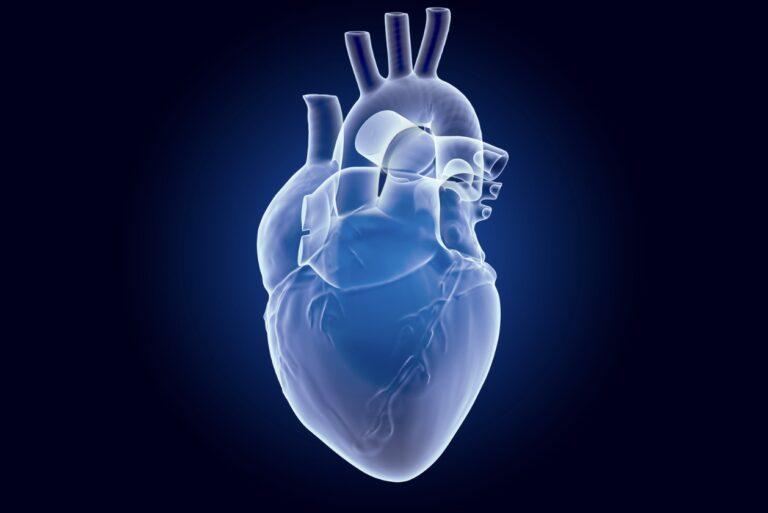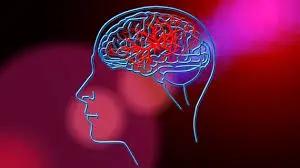Heart disease is the leading cause of death for both men and women around the world. You may hear the terms coronary artery disease (CAD), coronary heart disease (CHD) and ischemic heart disease used interchangeably to describe the same type of heart disease. It can be confusing and often healthcare professionals will use another broader term cardiovascular disease, referring to all diseases of the heart and blood vessels to make things simpler for patients. Strictly speaking there is a difference between CHD and ischemic heart disease. Lets delve into this.
📝 What is the difference between coronary heart disease and ischaemic heart disease?
The terms coronary heart disease and ischaemic heart disease are sometimes used interchangeably, but they are not the same.
Ischaemic heart disease is when the heart cannot get enough oxygen to function properly due to a reduced blood flow.
Coronary heart disease can lead to ischaemic heart disease, because the coronary arteries become blocked by an atherosclerotic plaque. It means the heart muscle can’t get the oxygen and nutrients it needs to work properly, resulting in ischemia.
If the heart muscle cannot get enough oxygen, symptoms such as chest pain (angina) or shortness of breath may result.
📝 How does a plaque form in the coronary arteries?
Plaque buildup in an artery is called atherosclerosis. Plaque is made up of fat, cholesterol, calcium and other substances found in the blood. Although the narrowing can be caused by a blood clot or by constriction of the blood vessel, most often it is caused by a build up of plaque. If a piece of the plaque breaks off from the artery wall, this can cause a blockage, cutting off the blood supply to the heart, causing a heart attack.
The build up of fat, cholesterol, calcium and other substances can be due to choices in lifestyle, health conditions and family history. Atherosclerosis isn’t reversible, but making better lifestyle choices are important in preventing risk and improving symptoms.
🏥 Symptoms of coronary heart disease
Some people may not have any symptoms before they are diagnosed, but the most common symptom of CHD is chest pain (angina), typically on the left side of the body. Other symptoms, such as irregular heart rhythms (arrhythmia) and shortness of breath may also be present.
Angina
Partial blockage of coronary arteries can cause chest pain. Angina is often triggered by physical activity or stressful situations and lasts around 10 minutes (stable angina/angina pectoris).
In time, symptoms may progress to difficulty going up a flight of stairs. Eventually, you may even have symptoms that last longer, even when you are resting (unstable angina).
The pain can:
- Feel like indigestion
- Feel tight and heavy in the centre of your chest
A nitrate tablet or spray can help reduce stable angina symptoms.
Heart attacks
Some people may not have any symptoms and end up having a heart attack (myocardial infarction) due to a completely blocked artery damaging the heart muscle. This is more common in older people and people with diabetes.
The pain of a heart attack is similar to angina, but usually more severe and the pain may extend to your arms, jaw, neck, back and abdomen. Dizziness, sweating, nausea and breathlessness may also be symptoms. Treatment is needed immediately. The symptoms can not be helped with a nitrate tablet or spray, unlike angina pain.
Heart failure
Coronary artery disease can weaken the heart muscle, leading to sudden heart failure (acute heart failure) or gradually over time (chronic heart failure). It is a serious condition where the heart becomes too weak to pump blood around your body. Fluid may build up in the lungs, making it hard to breathe.
📈 How quickly can coronary artery disease progress?
Coronary artery disease progression can vary from person to person, but generally tends to be slow. Many people have coronary artery disease for several years without any symptoms, some people have minor symptoms they ignore or in some cases may experience a heart attack out of the blue. The condition tends to show up quickly in people who have a number of risk factors such as;
- Family history
- High blood pressure (hypertension)
- High cholesterol
🩺 Diagnosis and treatment
A healthcare professional will diagnose based on your:
- Medical history
- Symptoms
- Family history
- Lifestyle
- Physical examination
- Blood tests
- Electrocardiogram (ECG or EKG)
- Exercise stress tests
- X-rays
- Echocardiogram
- Computed tomography (CT) coronary angiogram
Treatment may result in medication or surgery such as coronary angioplasty with or without a stent, bypass surgery or coronary artery bypass grafts (CABG) after consultation with a cardiologist.
📝 Prevention
Healthy lifestyle changes can slow the progression of coronary artery disease. Your doctor may suggest adopting good heart health habits such as:
- A healthy diet low in saturated fats, trans fats and sugar
- Exercising several times a week
- Managing your blood pressure and cholesterol with the help of your healthcare provider
📝 Conclusion
Coronary artery disease is the result of a lifetime of plaque buildup in arteries. This buildup slows blood flow to your heart causing ischemic heart disease. The distinction can be confusing, but your health professional can discuss this with you further.
Sources
- Coronary heart disease – NHS
- About Coronary Artery Disease (CAD) | Heart Disease – CDC
- Ischemic Cardiomyopathy: Symptoms & Causes
- Coronary heart disease – NHS inform
- Myocardial ischemia – Symptoms & causes – Mayo Clinic
Medical Disclaimer
NowPatient has taken all reasonable steps to ensure that all material is factually accurate, complete, and current. However, the knowledge and experience of a qualified healthcare professional should always be sought after instead of using the information on this page. Before taking any drug, you should always speak to your doctor or another qualified healthcare provider.
The information provided here about medications is subject to change and is not meant to include all uses, precautions, warnings, directions, drug interactions, allergic reactions, or negative effects. The absence of warnings or other information for a particular medication does not imply that the medication or medication combination is appropriate for all patients or for all possible purposes.








